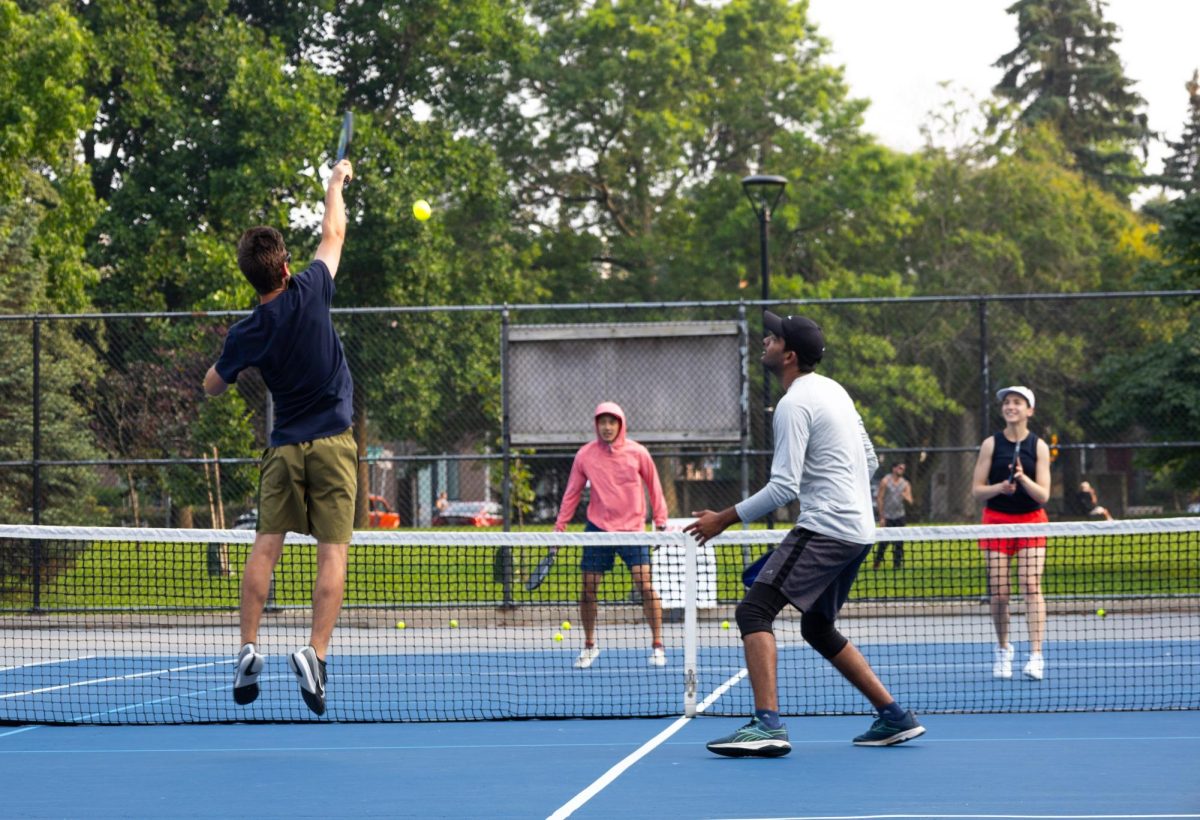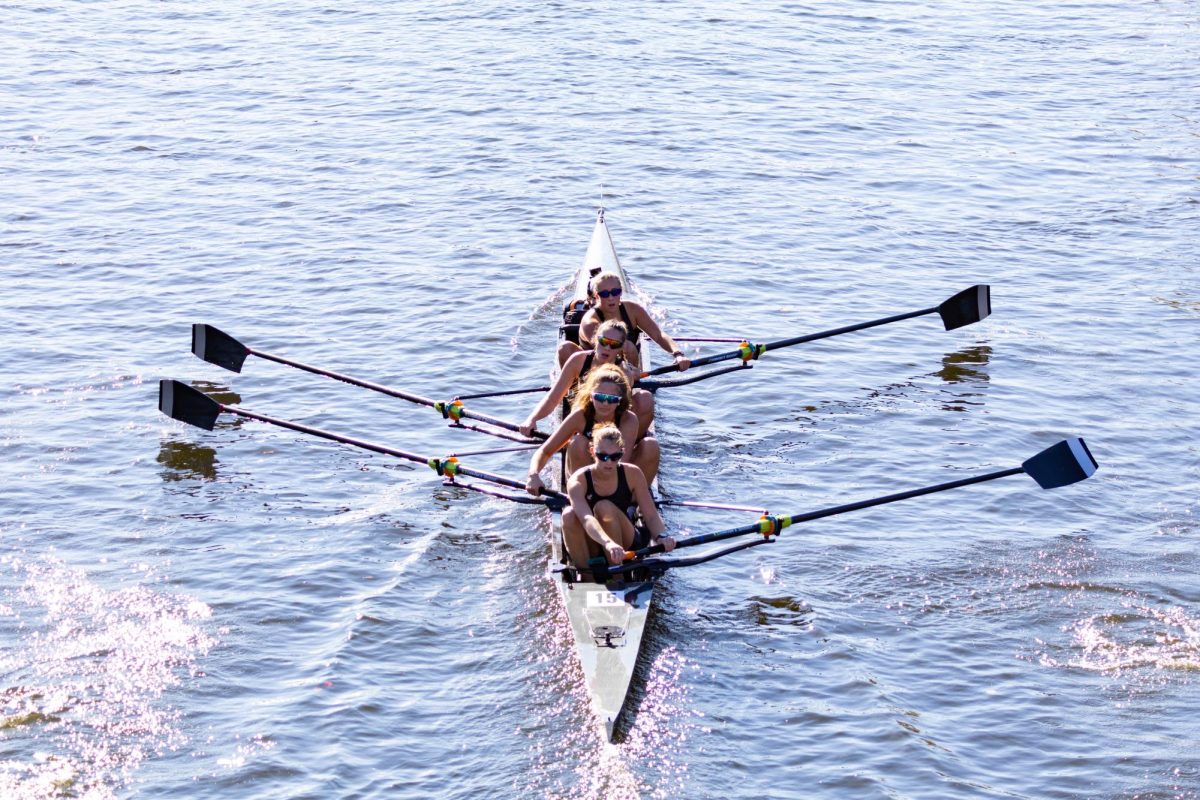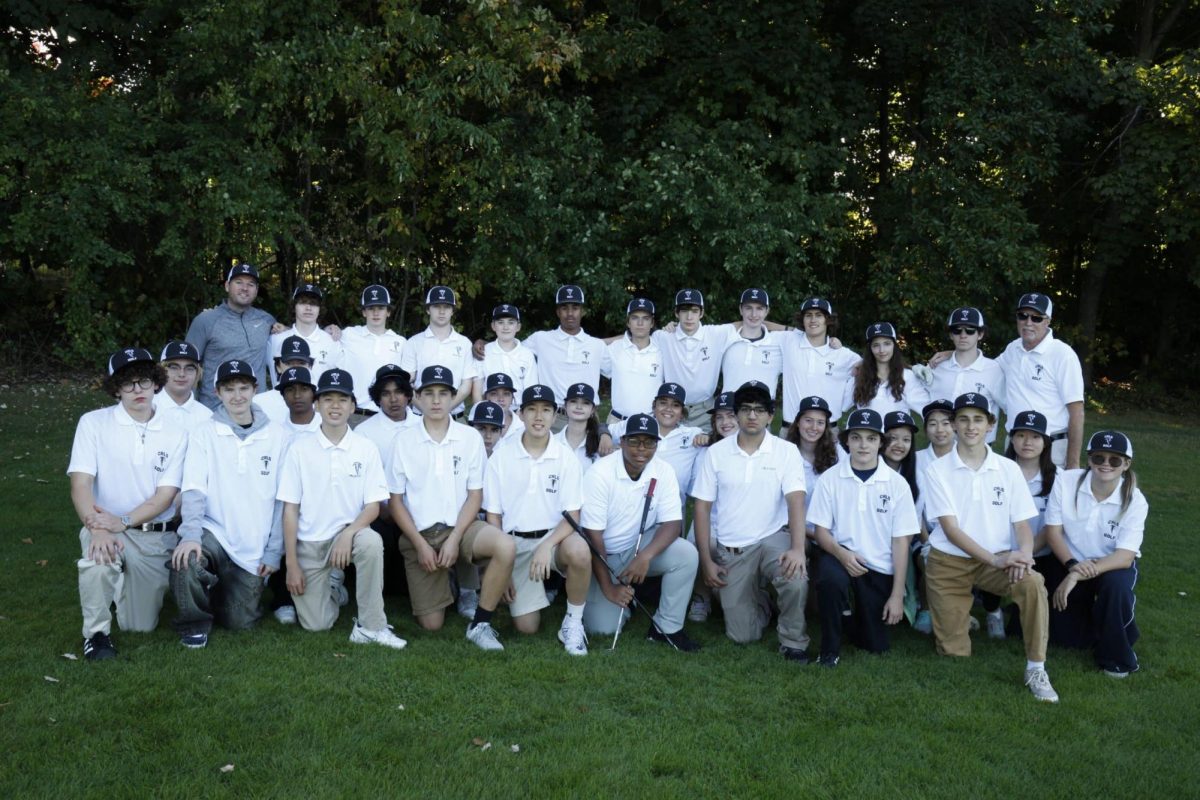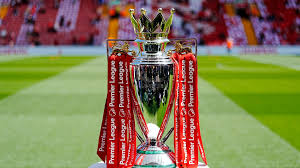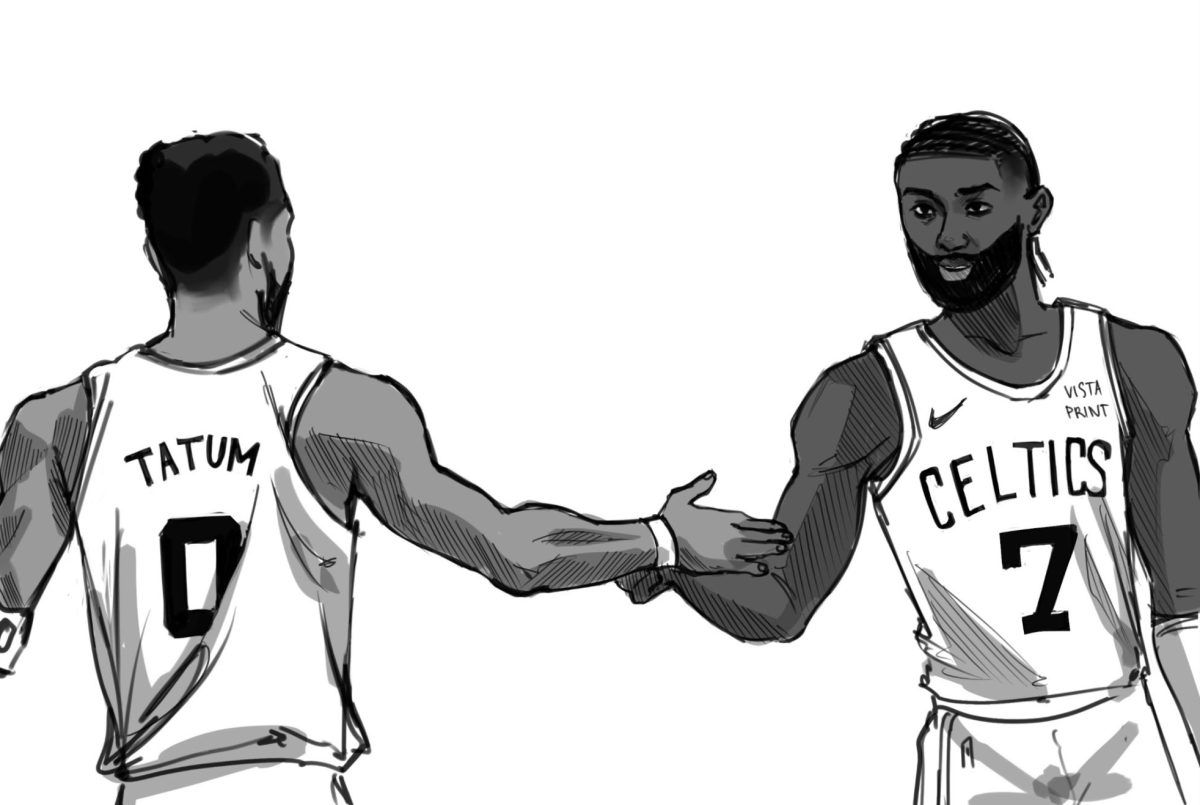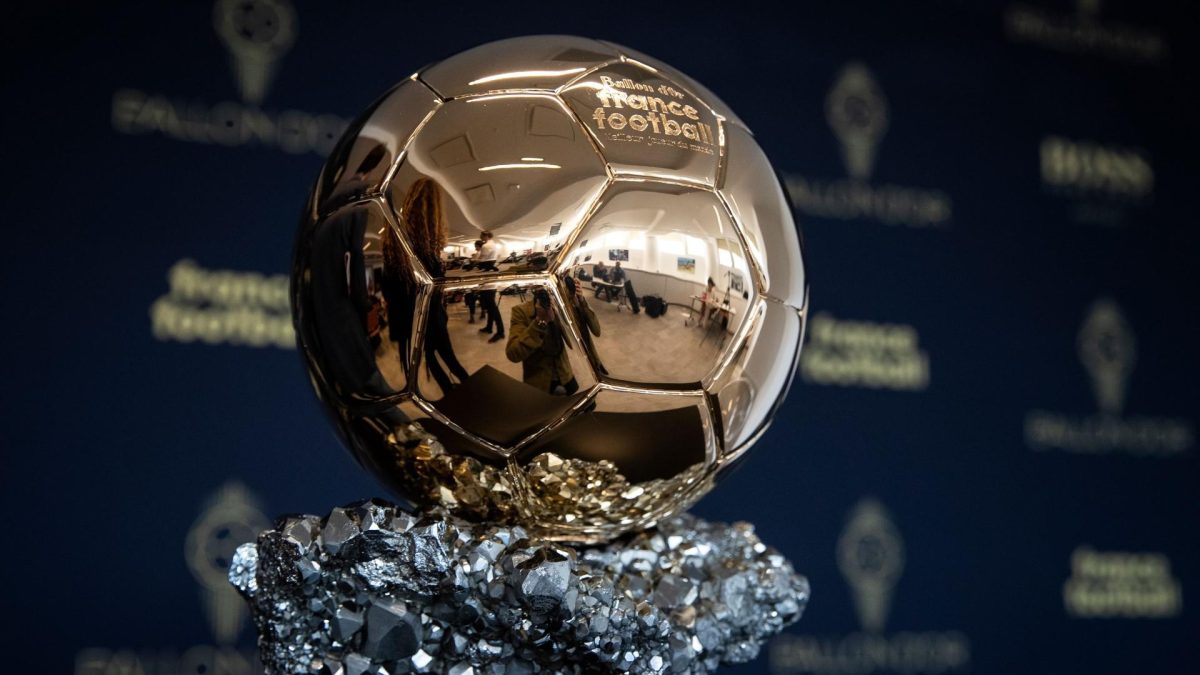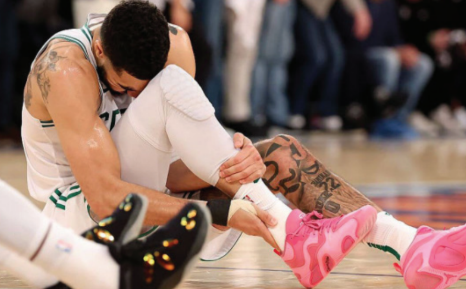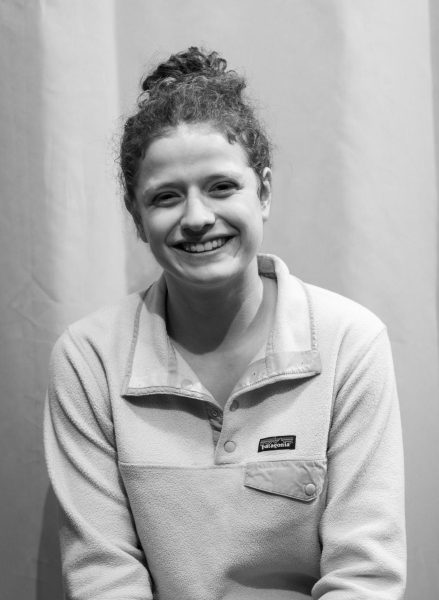I haven’t (yet) invaded retirement homes’ pickleball enclaves or traversed the country as a Major League Pickleball groupie. But I have been known to frequent the Cambridge YMCA’s pickleball courts, taking up spirited competition with America’s boomers. I’ll tell you something: pickleball doesn’t deserve its bad rep. It is an enjoyable sport, a way to connect generations, and even good exercise.
One of the arguments of anti-picklers is that pickleball isn’t even a sport because you can pick up the game quickly and become proficient in a matter of hours. However, sport is no race to become okay. Sports are about the pursuit of greatness, and that is a pursuit that diehard pickleballers continue to strive for, no matter how many hours they spend mastering their backhand.
Another favorable aspect of pickleball over tennis is the emphasis on skill and precision rather than physical ability. This is great because 1) your pickleball status depends almost exclusively on your actual pickleball skill, not fitness, and 2) does anyone really want to run more than they have to (aside from cross country runners)?
Your idea of pickleball is probably a group of mature gray-hairs with colorful headbands and $300 paddles hobbling around while blasting AC/DC or The Beatles. However, the game also provides a rare opportunity to connect with other generations. At the YMCA, there are your average 65+-year-old pickleballers, your young-to-middle-aged folks, and then those like me, who could probably play tennis if we wanted to. In our society, there are few ways for us to connect with our elders, especially in sports, where the gap in mobility doesn’t allow for real competition. Fortunately, pickleball bridges that gap, allowing pensioners to play amongst themselves, but also permitting them to connect with younger generations in an incomparable way. Before the pickleball craze, if you were trying to hang out with your grandparents, you had two options: get completely outsmarted in Trivial Pursuit or play a hapless tennis match. With pickleball, there is a better solution.
You may have heard horror stories about loyal pickleballers getting mired by injuries—torn Achilles’, broken bones, bruises, etc.—while simultaneously hearing arguments that pickleball isn’t even exercise. The latter is false. A study that gathered data from Apple Watches in pickleball and tennis modes, found that the average max heart rate for a pickleball workout was 143 BPM, which is in the same range as the 152 BPM found for tennis workouts. Furthermore, an average pickleball workout was 90 minutes, compared to 81 minutes for tennis. If tennis is an acceptable form of exercise, why not pickleball?
The world of pickleball is by no means a perfect one, with feuds over the ear-thumping sound of paddle on ball, and the assertiveness over court time having earned pickleball an unfortunate reputation. As a sport, however, it is unparalleled in its ability to connect generations by enabling everyone to have fun while getting exercise.

